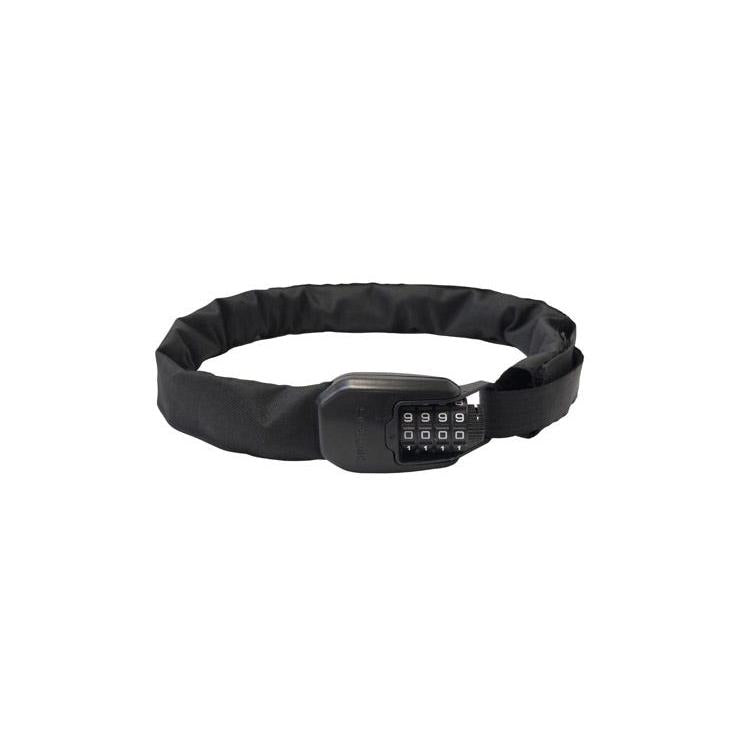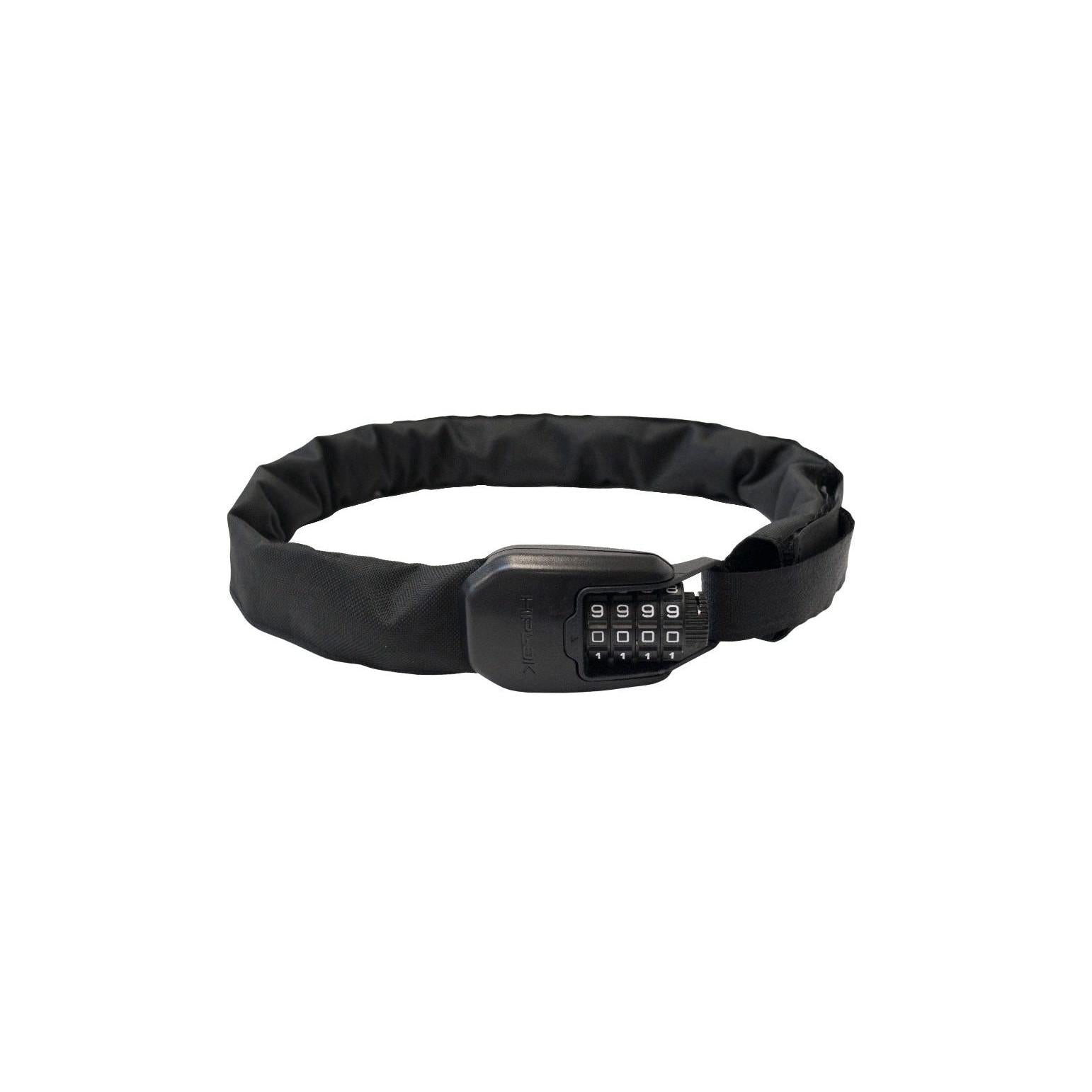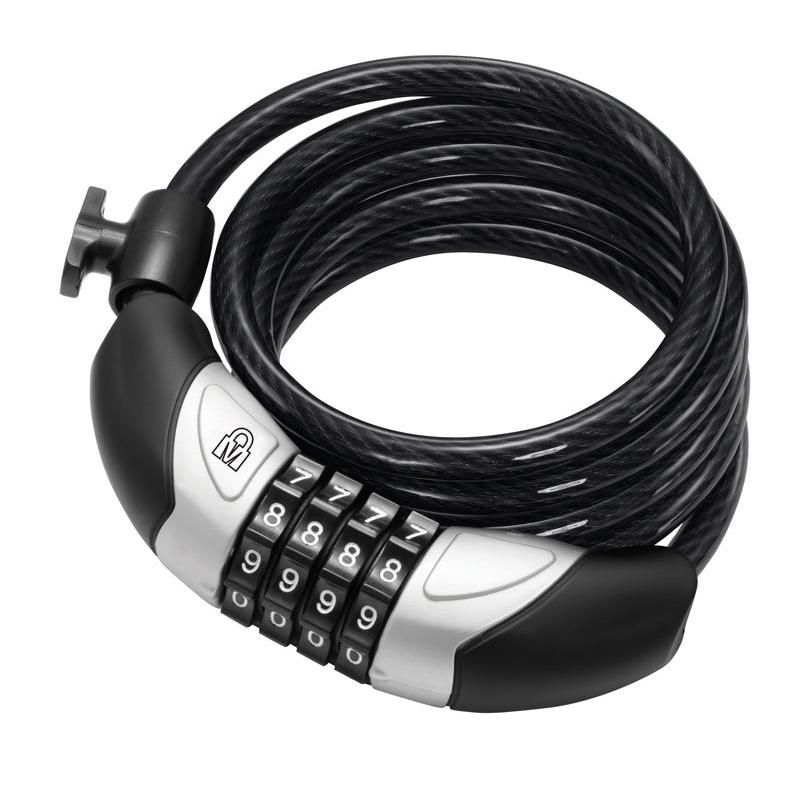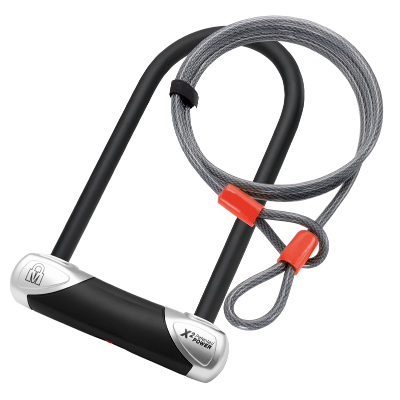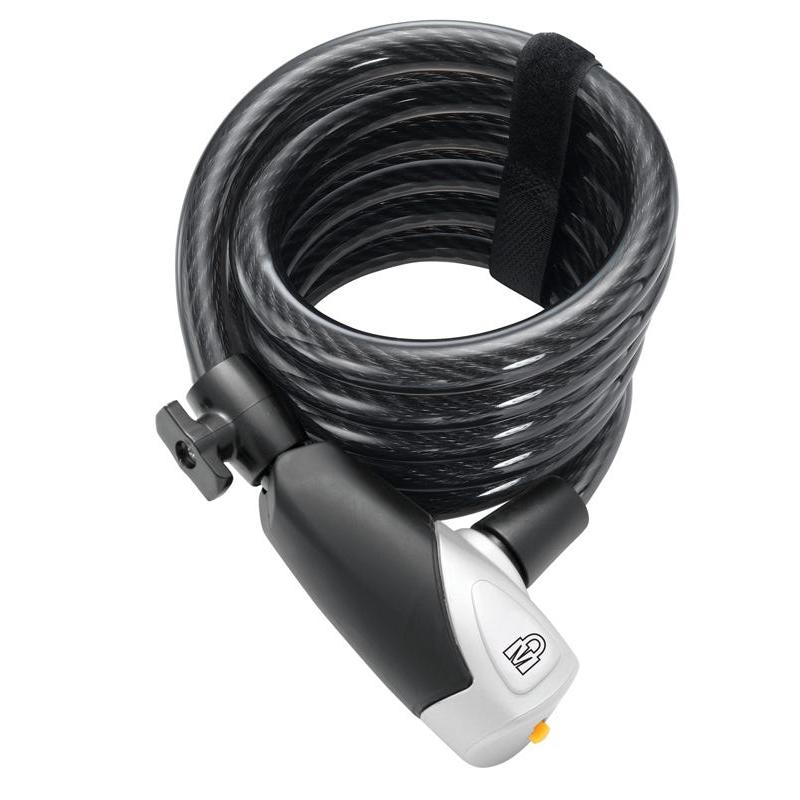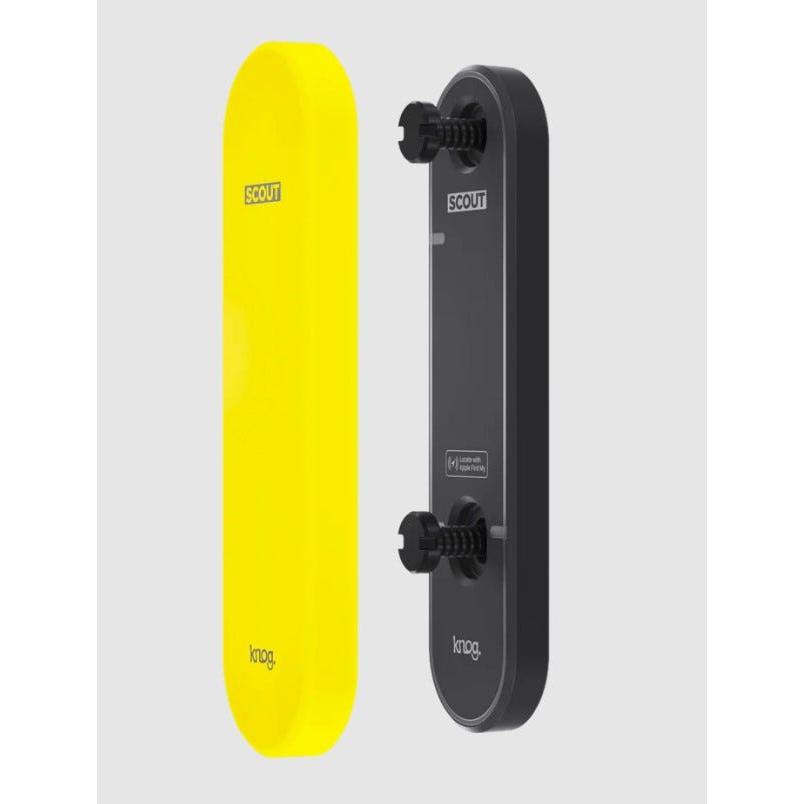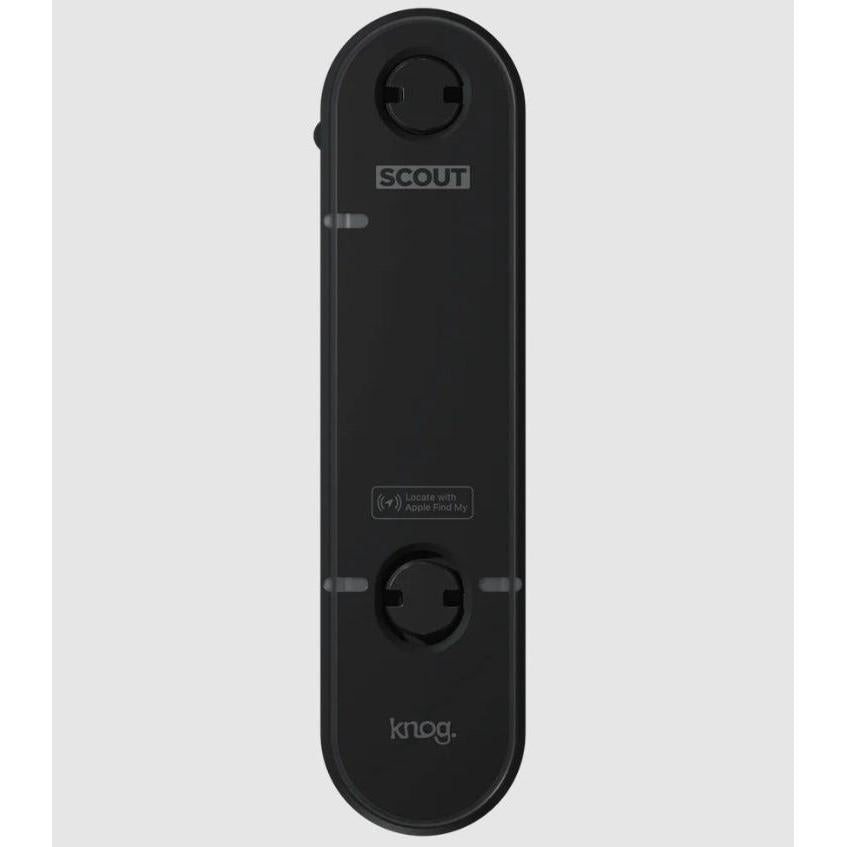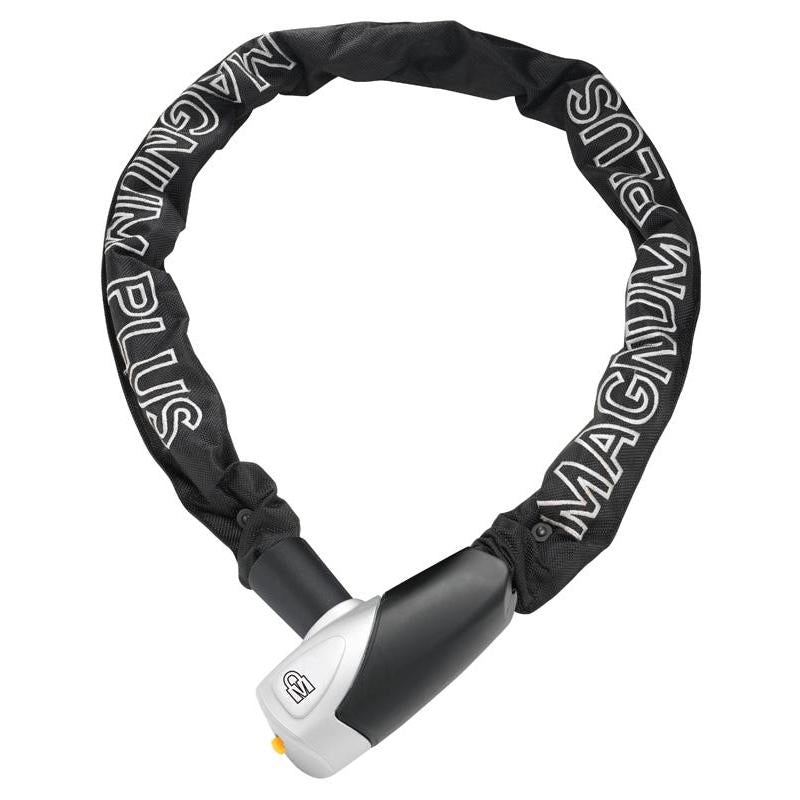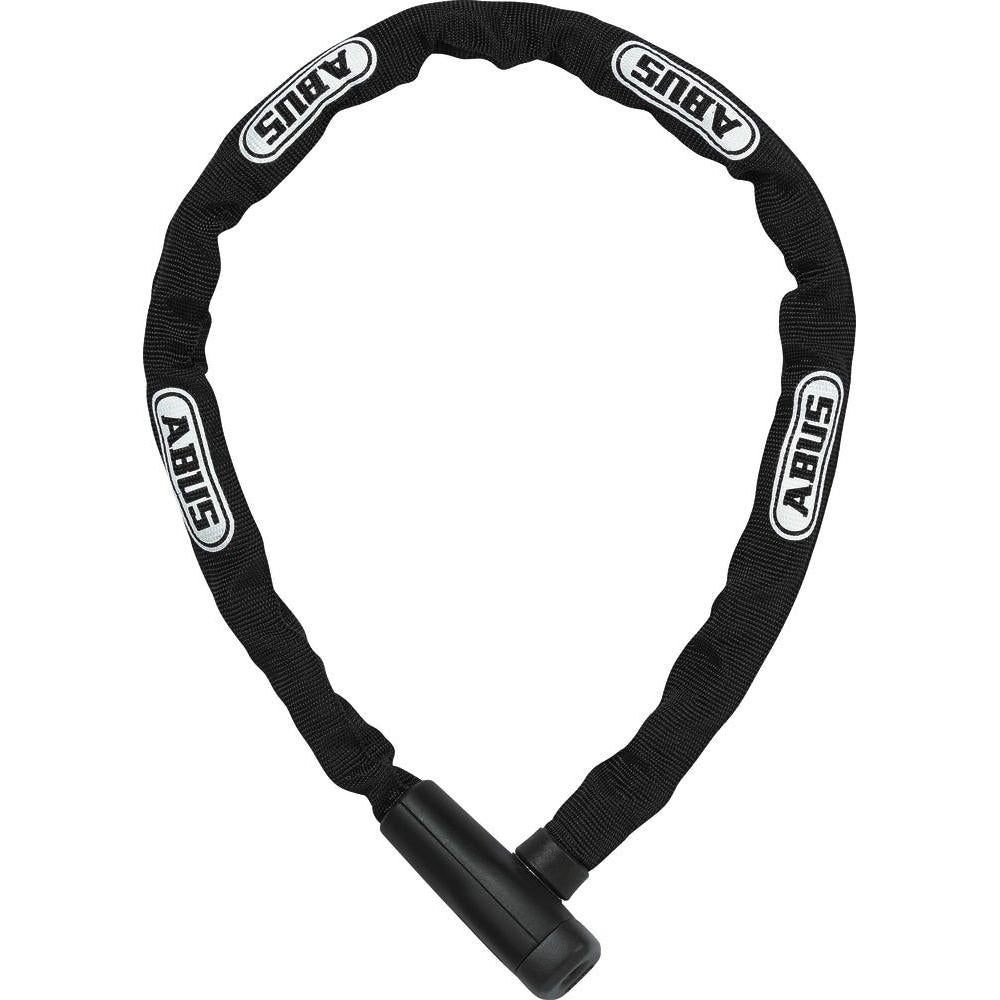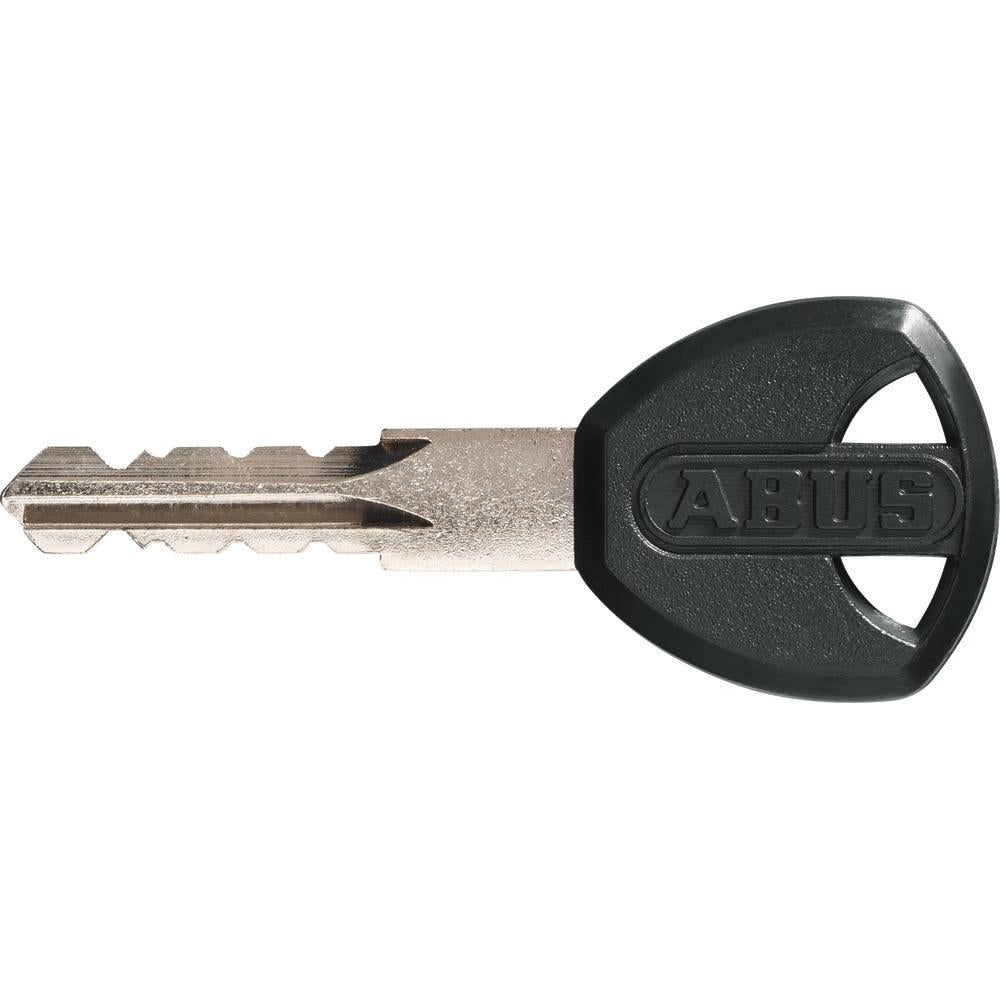A cyclist's best friend is a trusty bike lock. With so many options on the market, choosing the right one can feel overwhelming. This guide will break down the different types of bike locks, their features, and help you make an informed decision to keep your beloved bike safe and sound.
Why You Need a Bike Lock
The primary purpose of a bike lock is to deter theft. A good lock makes your bike a less attractive target, forcing thieves to either give up or spend more time and effort trying to steal it, which increases their risk of being caught. Investing in a quality lock provides peace of mind, allowing you to leave your bike unattended without constant worry.
Types of Bike Locks
U-Lock / D-Lock
U-locks, also known as D-locks, are a popular choice for their high level of security. They consist of a rigid U-shaped shackle that locks into a crossbar. Their hardened steel construction makes them resistant to cutting and leverage attacks. U-locks are ideal for securing your bike frame to a fixed object like a bike rack or pole.
Folding Lock
Folding locks offer a great balance of security and portability. They are made of a series of steel plates connected by rivets, allowing them to be folded into a compact size for easy transport. While generally not as secure as a high-quality U-lock, they provide more flexibility for locking your bike to various objects.
Chain Lock
A chain lock consists of a heavy-duty chain and a separate padlock. Their flexibility allows you to secure your bike to a wide range of objects, and they are a formidable deterrent against cutting attacks. However, their weight can make them less convenient to carry around. Look for chains with hexagonal or trapezoidal links for added security.
Cable Lock
Cable locks are the lightest and most portable option, but they offer the least amount of security. They are best used as a secondary lock to secure your wheels or accessories, or for very short stops in low-risk areas. Even thick cable locks can be easily cut with bolt cutters.
Additional Security Features
Smart Trackers
In the unfortunate event your bike is stolen, a smart tracker can be a lifesaver. These small devices can be hidden on your bike and use in-built GPS or other technologies like an Apple AirTag (sold separatey) to track its location, significantly increasing the chances of recovery.
Alarms
Some bike locks now come with built-in alarms. These motion-sensitive devices will emit a loud siren if your bike is tampered with, drawing attention to the thief and scaring them off.
Locking Mechanism - Combo vs. Key Locks
Combination Locks
Combination locks offer the convenience of not having to carry a key. You can set your own personal code, making them easy to use and share. However, they are generally considered less secure than key locks and can be more susceptible to being decoded by a skilled thief.

Key Locks
Key locks provide a higher level of security, with complex key designs that are difficult to pick. They are the preferred choice for high-risk areas or for securing expensive bikes. The only downside is the need to carry a key, which can be lost or forgotten.
Conclusion
Choosing the right bike lock depends on your individual needs and risk factors. For the highest level of security, a U-lock or a heavy-duty chain lock is your best bet. A folding lock is a great option for those who prioritize portability. Cable locks should only be used as a secondary deterrent. Consider adding a smart tracker or an alarm for an extra layer of protection. And when it comes to locking mechanisms, a key lock will almost always be more secure than a combination lock. By understanding the different types of locks and their features, you can select the perfect one to keep your bike safe and give you the freedom to ride without worry.








